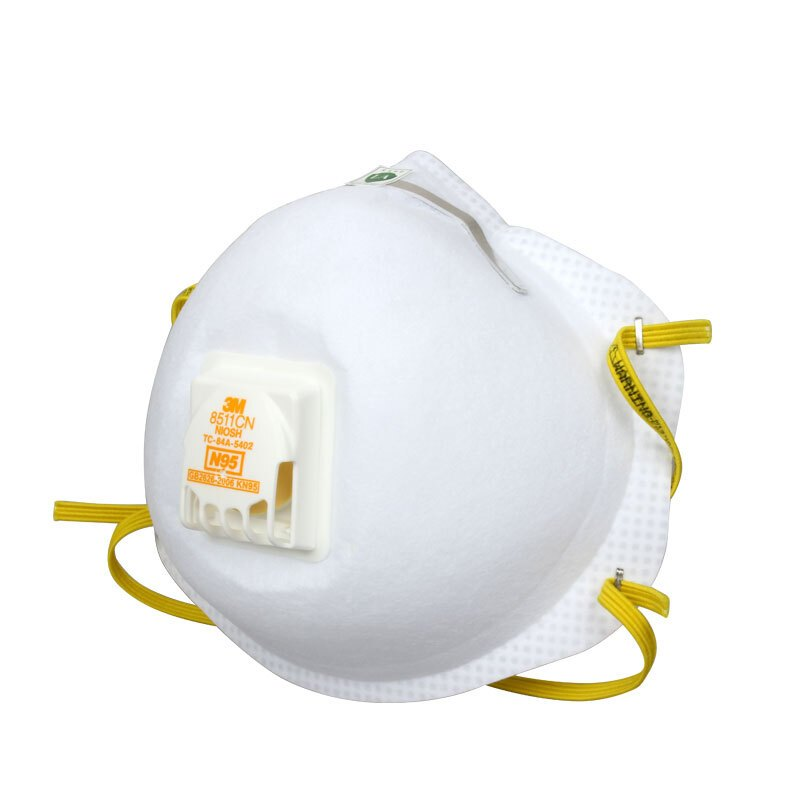
Title: The Importance of Wearing Valve Masks
Introduction: In recent years, face masks have become an essential accessory in our daily lives, helping to protect us and others from airborne contaminants. Among the various types of masks available, valve masks have gained popularity due to their unique design. This article aims to highlight the significance of wearing valve masks and how they contribute to safeguarding public health.
What are Valve Masks? Valve masks, also known as respirator masks, feature a built-in exhalation valve. This valve allows the wearer to exhale easily, reducing humidity and heat build-up inside the mask. It also provides a more comfortable breathing experience during extended periods of mask-wearing.
Benefits of Valve Masks:
Enhanced Comfort: The exhalation valve in these masks helps in maintaining a cooler and less stuffy environment inside the mask. This makes them more comfortable to wear for longer durations, reducing the urge to remove the mask prematurely.
Efficient Filtration: Valve masks are designed to filter out harmful particles in the air, such as dust, allergens, and microorganisms, effectively protecting both the wearer and those around them. The valve itself is typically equipped with a filter that prevents the inward flow of contaminants.
Reduced Exhalation Resistance: Valve masks provide low exhalation resistance, making it easier for individuals to breathe out. This is particularly beneficial for individuals engaged in physically demanding tasks or those with respiratory conditions.
Considerations when Using Valve Masks: While valve masks offer several advantages, it's essential to consider certain factors:
One-way Protection: It's crucial to understand that the exhalation valve allows unfiltered air to be released. As a result, these masks primarily protect the wearer, but they may not offer the same level of protection to those nearby against respiratory droplets that could potentially contain infectious particles. For this reason, valve masks might not be suitable in certain situations, such as when interacting closely with vulnerable individuals or during outbreaks of contagious diseases.
Supplement with Cloth Masks: To ensure adequate protection for others, it's recommended to pair a valve mask with a cloth mask or face covering. This combination can effectively prevent the spread of respiratory droplets, ensuring collective safety in public settings.
Conclusion: Valve masks provide numerous benefits, including enhanced comfort and efficient filtration. However, it's crucial to use them responsibly and consider the specific circumstances where they are most appropriate. By understanding their advantages and limitations, we can make informed choices about wearing valve masks and contribute to the overall well-being of ourselves and those around us. Remember, wearing any mask is a vital step towards maintaining public health and preventing the transmission of airborne diseases.